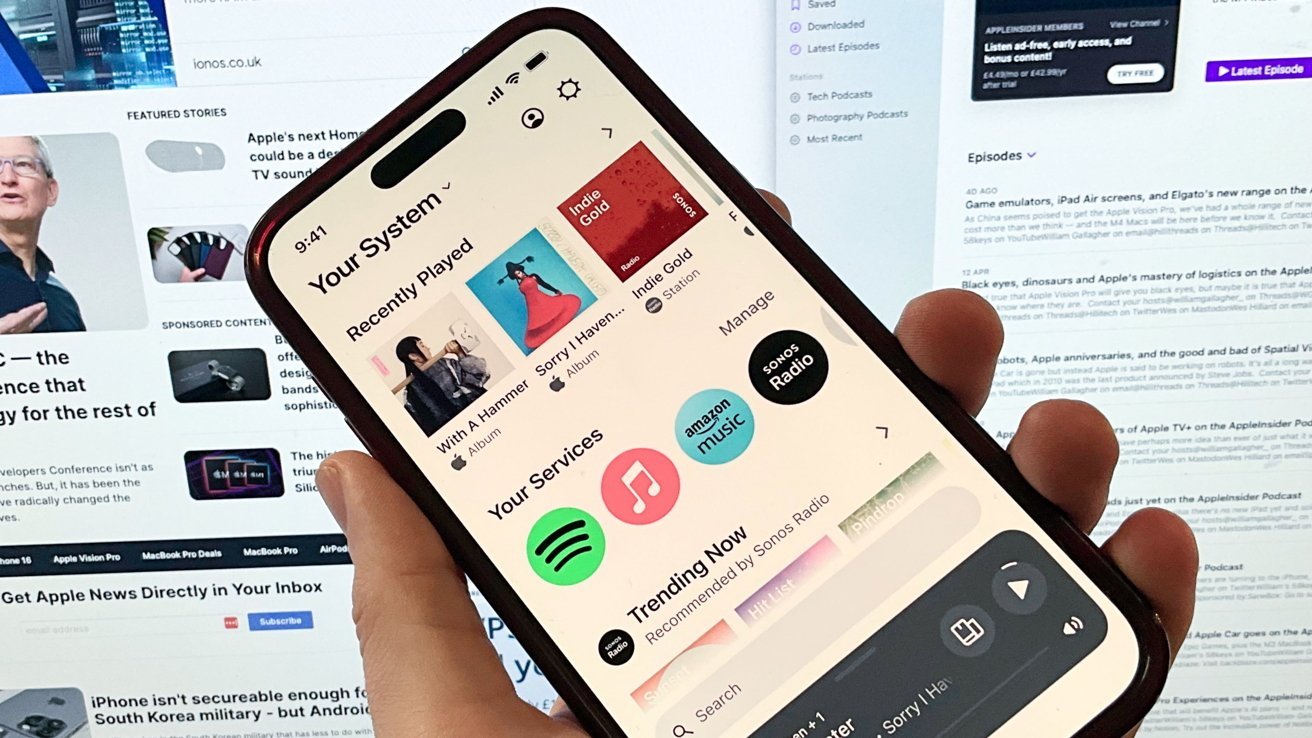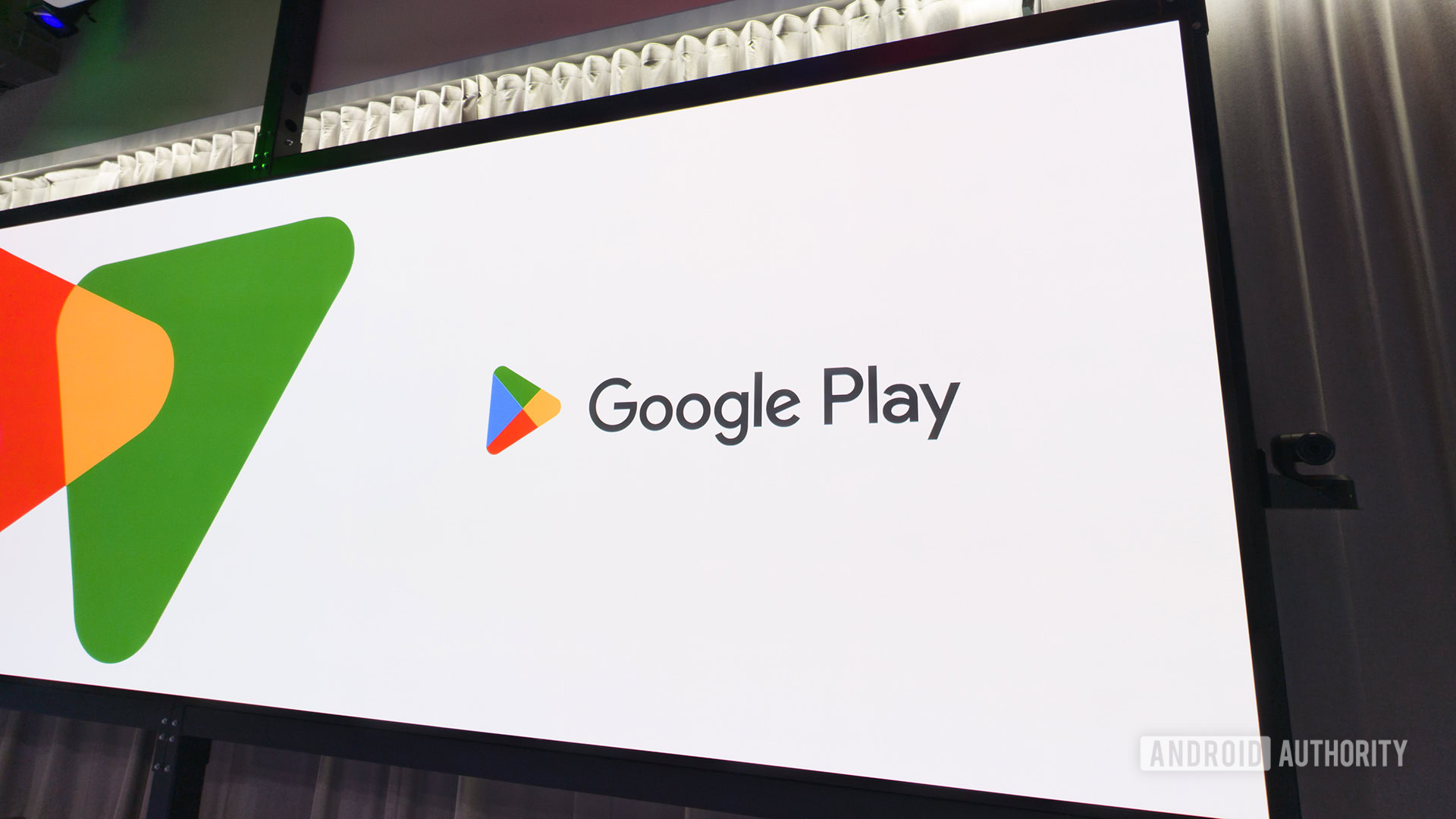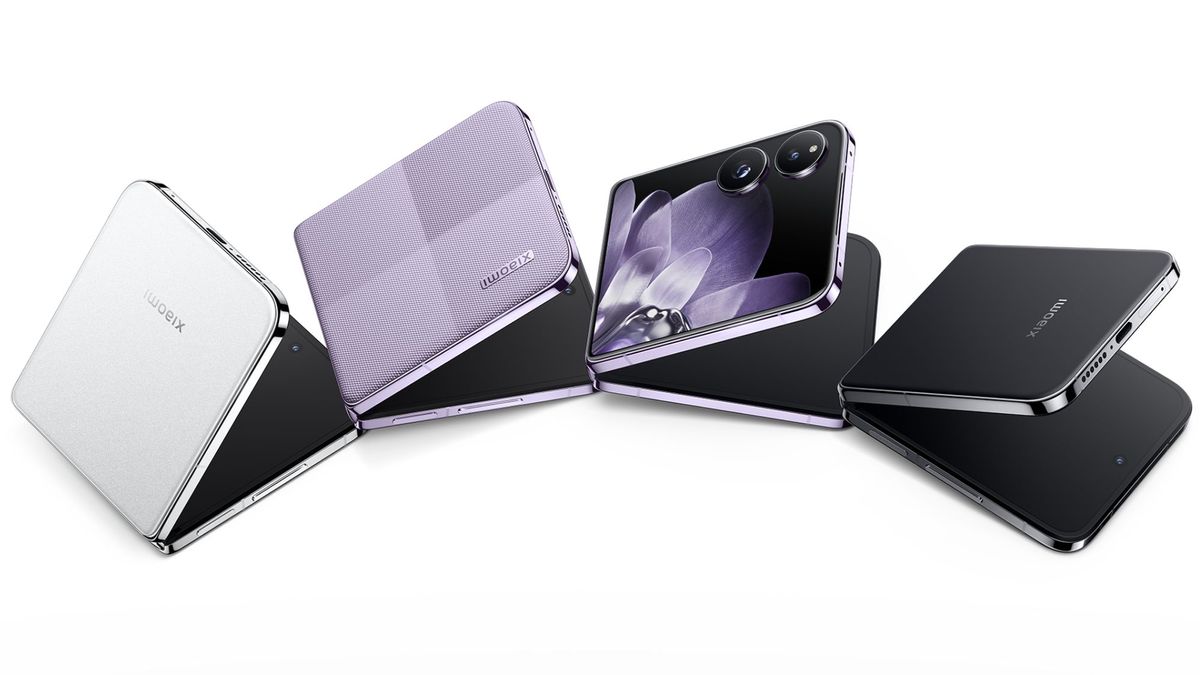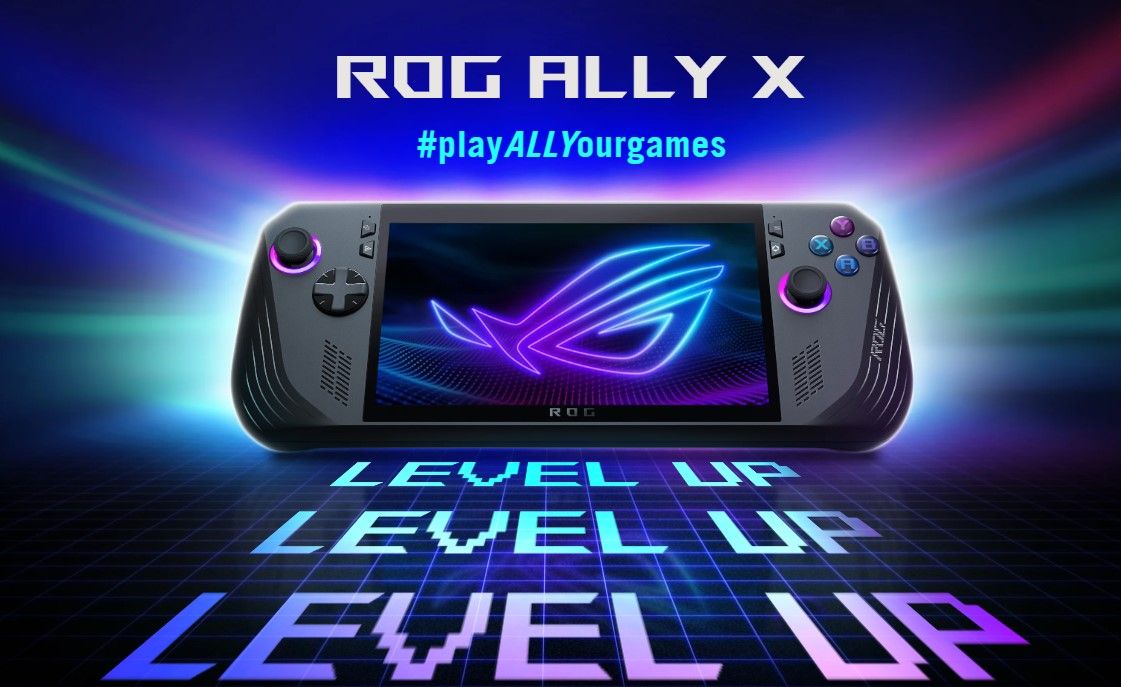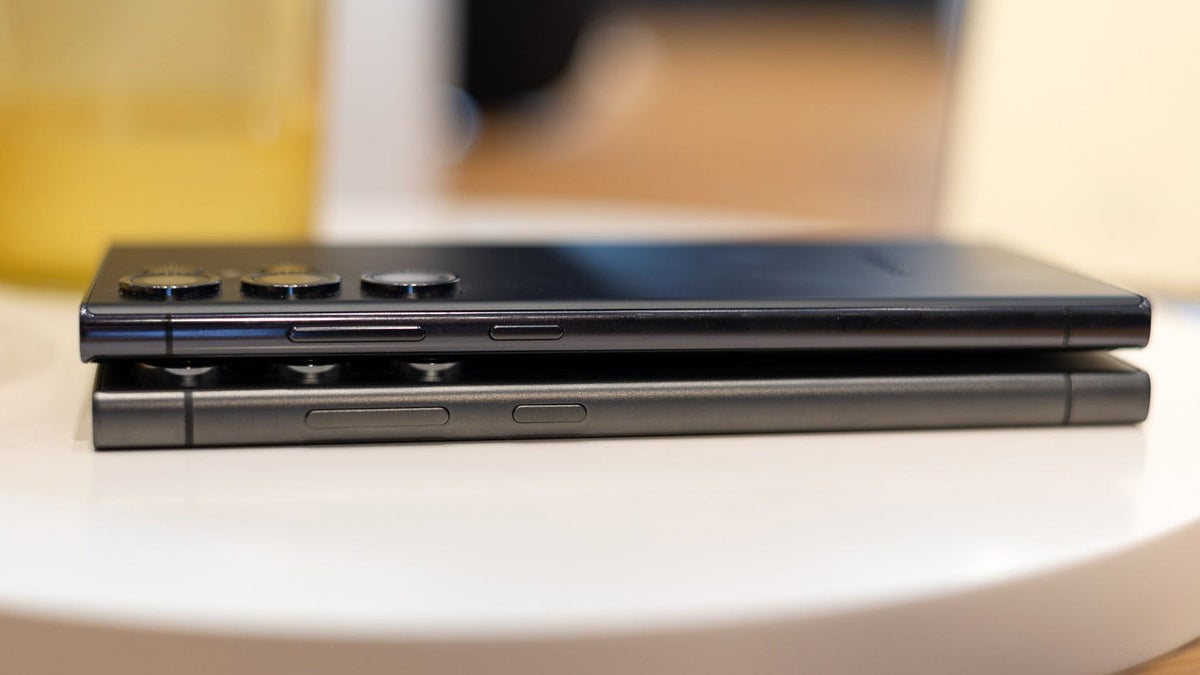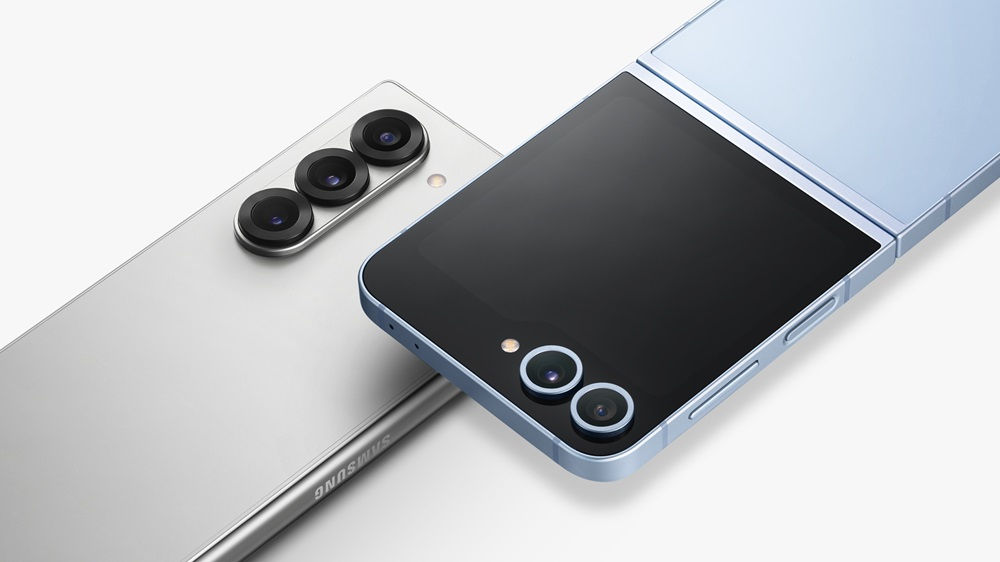From appleinsider.com
Apple Vision Pro gaze detection sensors
It was known that Apple has Zeiss lenses for correcting vision while wearing the Apple Vision Pro, but there was a surprise third option — Monovision. Here’s what it means, what Apple can’t correct for, and how to tell if you need to select it when you buy a headset.
Apple requires all users to confirm that they don’t need glasses or contacts, there’s no option to skip the step. However, a third option presented itself during the order process, asking the user if they had correction for Monovision.
What is Monovision?
Monovision is a vision correction technique that corrects the user’s dominant eye for distant vision. The correction can be through refractive surgery, lens implants, or contact lenses. It’s generally used for older users, where the variance between eyes increases over time.
The non-dominant eye is left nearsighted. This allows for clearer vision at any distance, good long range, and good close vision, but not 20/20 in every case.
How does Apple Vision Pro deal with Monovision?
In the case of the Apple Vision Pro, the inserts need to be tailored to counter-correct surgical distance vision correction with lensing. If you select the surgical correction of Monovision, there are a follow-up series of questions to determine what combination of lenses are required to use the unit.
Users that have contacts to correct monovision should remove them, and use Zeiss inserts based on the available comprehensive prescription.
Pricing varies based on what you need for correction, and it’s not clear if in-store will have all the lenses needed for any order.
Other vision issue concerns with Apple Vision Pro
A support document spells out that users that have prism prescriptions aren’t served at this time. Prism prescriptions are used in the case of neurological vision cuts, and other conditions that limit the field of vision of the user.
Apple also makes it clear that there may be other issues.
“Some medical conditions, such as those involving eyelid drooping, changes in eye alignment (including strabismus or lazy eye), or uncontrolled eye movements (including nystagmus) might make it difficult for Apple Vision Pro to properly detect your eyes. This might impact the visual experience.”
Apple makes it clear that the experience can be tailored. Instead of using eye tracking, users can customize Accessibility features for the headset to watch your wrist, head, index finger, or voice for navigation.
[ For more curated Apple news, check out the main news page here]
The post How Apple Vision Pro deals with Monovision — and what vision problems it can’t deal with first appeared on appleinsider.com

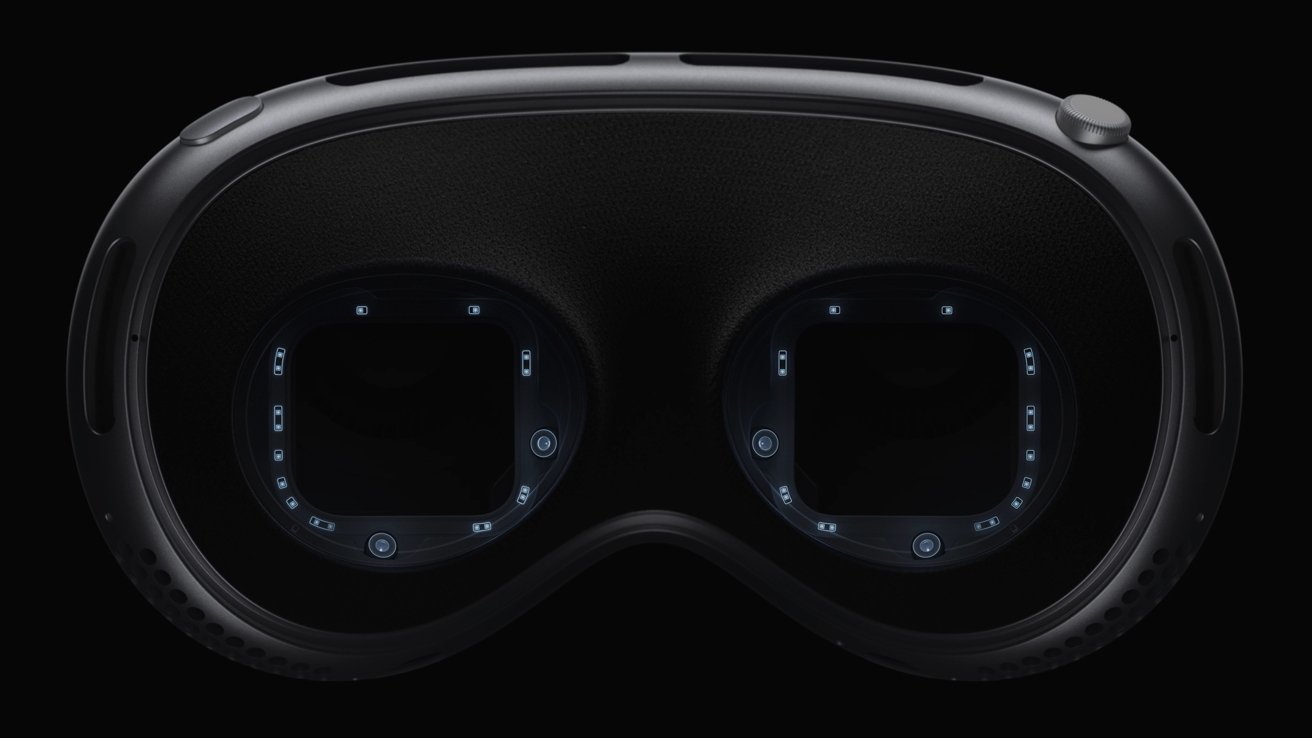

/cdn.vox-cdn.com/uploads/chorus_asset/file/25546607/image__21_.png)



